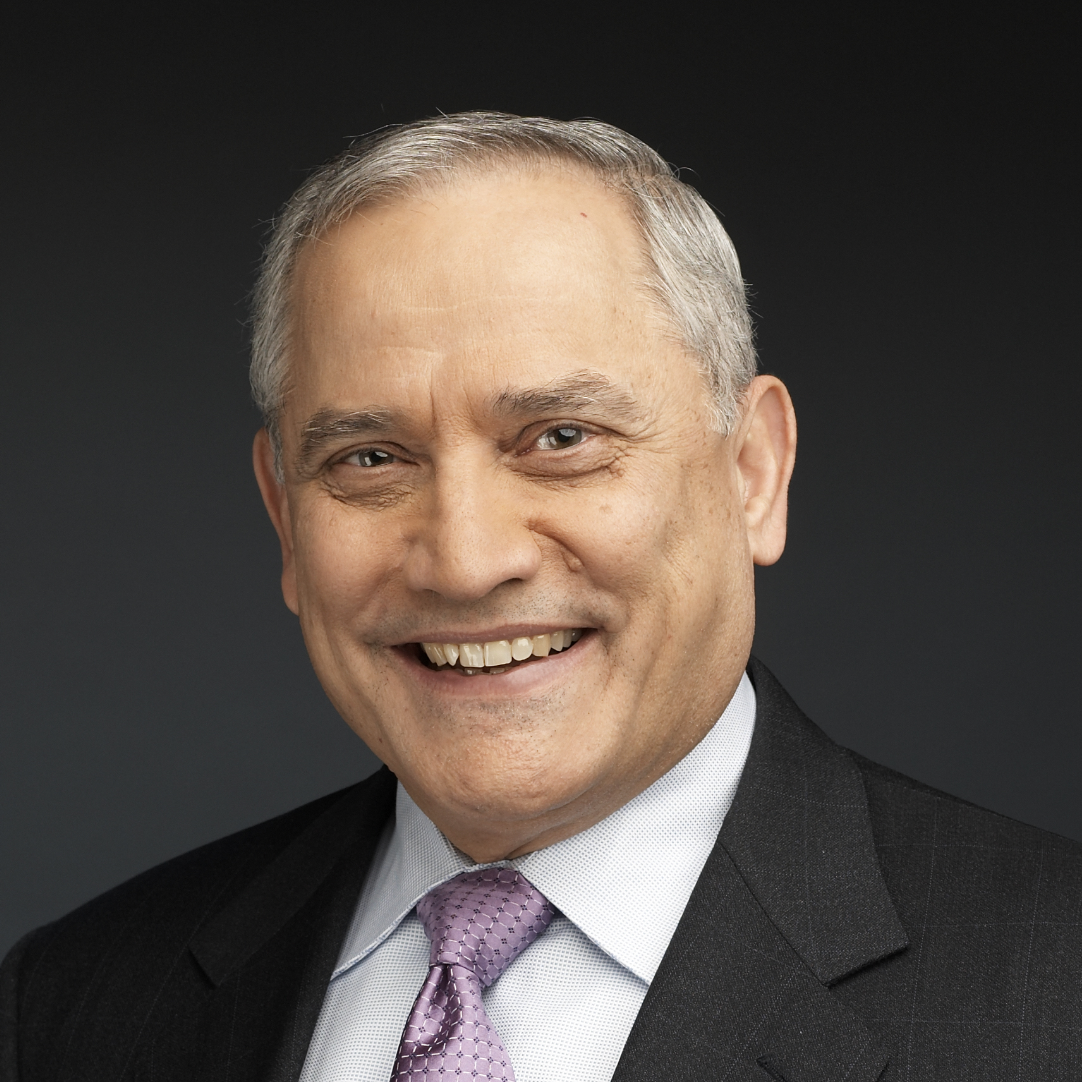New trends in the U.S. labor landscape are forcing corporations and boards of directors to rethink their goals, tactics, and strategies surrounding the employer-employee relationship. Dawn Zier sat down with three experienced board members to discuss how directors should respond in this era of change.
PARTICIPANTS:
- Bob Fornaro, director at WestJet and Avianca; advisor at Southwest Airlines
- Martin Kuehne, senior managing director, FTI Consulting
- Nat Ricciardi, director at Prestige Consumer Healthcare and Rapid Micro Biosystems
MODERATOR:
- Dawn Zier, former CEO of Nutrisystem; director at Hain Celestial Group, Prestige Consumer Healthcare and Acorns
DAWN ZIER: What trends are you seeing in the labor movement that directors need to be aware of?
MARTIN KUEHNE: There’s a resurgence of labor that we haven’t seen in the last 25 years. We’re going to see more union elections and certifications. It’s not going to get back to the heyday of the ’60s and ’70s, but it’s certainly coming back.
There’s an increase in pattern bargaining. If you’re in an industry where this type of bargaining is done, it’s tough. For example, the UAW took the renegotiated contract from one auto company and used it as the base for the next one. The same thing is happening in the airline industry.
Advancements in technology and use of social media are making it much easier for union leaders to mobilize groups and spread targeted, hard-hitting messages to large constituencies. A well-organized, focused small group can have tremendous influence on the broader population. It’s akin to a political campaign.
BOB FORNARO: There is a shortage of skilled labor, and the Gen Z workers are prioritizing their flexibility and personal time much more than prior generations of workers, which is leading to increased productivity costs. Workers on the whole have moved to a more contractual mindset. The rhetoric and aggressiveness around negotiations have also amped up over the last year. Employees are viewing themselves as key stakeholders and want to get what they consider to be their fair share or more of corporate profits.
NAT RICCIARDI: We’re all competing for a limited workforce of available talent because the sources of quality labor are drying up. Birth rates have been on the decline, and the United States does not offer any incentive for immigrants to come into the country legally to help build the economy, build the technology, and build the skill level. The fewer people you have in the labor force, the more demands they can make around wages and benefits.
We used to say, “We make what we sell, we sell what we make.” Outsourcing and globalization were not part of our vocabulary. But as we outsourced our manufacturing to third parties in the pursuit of lower-cost labor, we diminished our ability to control the production and quality of our products. This was magnified during the pandemic, where supply chain challenges drove significant disruption, and we are still grappling with these issues today.
ZIER: Is the balance of power shifting away from the corporation?
FORNARO: Currently, the balance has tilted more towards pro-labor settlements because of the tight labor market, coupled with changes in attitude around work/life balance and what a fair exchange looks like.
However, if you look at some recent labor agreements, the question is whether they will be sustainable over time. As it gets harder for companies to control costs and businesses go through natural economic cycles, we could see increased job losses, shutdowns, and significant price increases for consumers. We need to get back to a negotiating table where it isn’t about how much one party can get in the moment, but rather how do we get a fair deal that works for both sides.
KUEHNE: In a tighter labor market like we’re experiencing, unions have more leverage. That’s been evident in the most recent UAW contract negotiations. UAW ran a highly effective campaign. Probably 2% or 3% of the union workers were incredibly active on social media and were able to energize the broader constituents. Ten years ago, they couldn’t have done that. Also, with public data widely available on executive compensation, it’s easy for labor to posture around pay differential. The sensationalized headlines often revolve around high CEO pay with no acknowledgment that, in most instances, 75% or more of the pay is highly variable and tied to performance.
RICCIARDI: I’ll address this through a manufacturing lens. Today, we’re working with more third parties. At the end of the day, these outsourced partners will tell you what they need to tell you to preserve their business. They’re not going to tell you that we may have a problem a month from now. They’ll tell you once the problem comes to a head. But that doesn’t give the company time to plan and react. This results in lower inventory, out-of-stock products, customer penalties, and consumer dissatisfaction. Companies are much more effective when they control the entire end-to-end process.
ZIER: Most directors are not labor experts. How should board members stay informed about labor relations, and what questions should they be asking of management?
FORNARO: When it comes to union negotiations, it’s incumbent upon management to educate the board, show them the work rules that are likely to get renegotiated, set the business context, and provide visibility around the cost drivers. The board needs to understand the negotiations and bargaining of others in the industry and why their situation is the same or different.
Then the board and management need to create a financial mandate that establishes guidelines and sets targets around what the company can agree to. Creating a mandate keeps the board appropriately involved throughout the negotiations and gives them a measuring stick: Here is what we thought we could get in a fair deal, and this is where we came out.
KUEHNE: First, directors need to understand the broad terms of the contract, including the duration and key elements. Second, they need to understand the three or four cost drivers—medical, block hours, pensions, for example. Then finally, what is the strategy for the next round of negotiations and what are they willing to live with? Are they going to live with a higher wage cost because they’re going to try to control medical? Are they going to try to freeze the pension plan and introduce a defined contribution plan? What concessions are they willing to make? And over what time frame?
RICCIARDI: From a supply chain perspective, when the company is working with an assortment of contract manufacturing organizations (CMOs), the board should seek to understand the KPIs that the vendor is being held accountable for. For example: Are we getting our committed volumes on time? What other products are being produced in the plant, and is this a threat to us (i.e., private-label manufacturers)? How often does the chief supply officer visit or talk to major suppliers? Is the company creating joint accountability and win-win opportunities that give preferred customer status?
Also having a clear negotiation strategy around cost and quality control is important. And this has to be balanced with realities of the operating environment, such as persistent inflationary pressures, labor shortages, and quality of the workforce. Asking about second source suppliers is also important.
In the case of company-owned manufacturing plants, one of the most valuable things a board can do is to visit the operations. When doing so, observe the manufacturing process, ask to see the safety reports, ask workers questions about the environment and culture, and evaluate the level of employee commitment and engagement. Time spent on the manufacturing floor provides insight much more vividly than reading through reports.
ZIER: What framework should directors and management be thinking through on how to engage and respond during the negotiation process?
FORNARO: Alignment between management and the board around the financial mandate and guidelines is critical. This forces management to adhere to a predefined construct and allows them to say during negotiations that they aren’t sure the board will approve the ask if it’s outside the bracketed parameters.
Also, I am of the school that the CEO never directly negotiates. There’s a lot of give-and-take in these negotiations, and things may get proposed that you later pull back on because of other concessions. It’s nearly impossible for a CEO to directly renege on something that’s been put on the table because it erodes credibility. Instead, it’s more effective to have the negotiating team be the head of operations accompanied by outside legal counsel. The management team sets the strategic objectives, and then the professional legal advisors—who can draw from other broad cases and developments—help get to the “how.” It’s a powerful combination.
KUEHNE: There are things that make you a more viable candidate politically for union leadership. And just like in everyday politics, you tend to get those people who are a bit more extreme in these roles. Management can posture around this. I always advise my clients:
- Don’t withhold information, because labor will assume that it’s twice as bad and they’ll communicate that critically.
- Don’t suboptimize a decision because you think it will play better with labor. Management almost never gets any concessions in that exchange.
RICCIARDI: From a nonunionized perspective, the best protection a corporation can have in an outsourced environment is to have alternative supply sources that can be leveraged during a negotiation. Also having volume commitments and limitations around cost increases that tie to material/ingredient inflation is key. But at the end of the day, it has to be a trusting, win-win relationship.
ZIER: How should directors and management be thinking through balancing short-term needs versus being able to compete effectively in the long term? How do we prevent today’s challenges from leading to unsustainable operating models in the future?
KUEHNE: Historically, in the airline and automotive industries, the longer it took to get a contract, the better, because it meant the company had a longer duration at the lower cost base. Now with pattern negotiations, delaying your labor contract might result in higher costs.
Also, the negotiation is rarely about wages. The pressure points are often around medical benefits, because that’s a rising and unpredictable cost. It doesn’t matter what the industry is—auto, hotel, casino, airline—if you can trade a dollar today of compensation wage for a dollar of medical, that’s a win. You need to have benefits consultants provide you with benchmarks that you can then use as negotiation points.
FORNARO: People tend to think negotiations are all about wages. But the reality is that it’s much more about work rules, productivity, and flexibility. These areas of focus often provide a much greater benefit or pain point than actual wage rates.
The best way to prevent today’s challenges from upending you is to ensure that management thinks about what really matters to employees (union and nonunion) and attempts to address them in an equitable way. The CEO needs to be visible and needs to understand what matters to employees and work hard to build trust.
It’s important for the different workgroups to know who the company leaders are and to have forums in which they can engage. As an executive, you need to listen to what the workgroups are telling you because they may be telling you things that your staff isn’t communicating.
Changing and fixing a few issues can go a long way, and people will notice. Setting the right tone and culture is time well spent as it can pay massive dividends.
RICCIARDI: In company-owned manufacturing situations, it’s critically important to have a strong culture that instills treating each employee with respect and dignity, no matter the level. There’s no reason for a union to be able to take care of your employees better than the company itself can.
It gets harder when you’re reliant on third-party suppliers because it can become a purely transactional relationship, absent of culture and shared long-term commitments. If the CMO is supplying 30 other customers, how do you become a preferred customer? How do you get vendors committed to your vision, mission, and goals, in the same way as the internal organization is? How do you align the corporation’s need for quality with the supplier’s mandate around profit and continuous improvement? It’s not easy.
ZIER: Fast forward to five years from now. What do you see as the future state of employer- employee, corporate-union, or corporate-third party supplier relations?
RICCIARDI: Corporations will start rethinking how they can better control the drivers of the P&L, and we will begin to see some reshoring and return to in-house manufacturing, especially in complex technology products. The ripple effect of supply issues impacts both the top line and bottom line, and the failures of the system have been highlighted over the last few years. I’ll go back to what I said earlier: If you can make what you sell and sell what you make, you have better control of your destiny, rather than leaving it to the different motivations of third-party suppliers that may not prioritize your needs ahead of others. While I don’t think we’ll see a big increase in unionized workers, we will see the unionization of more professional ranks, most likely in the health care and hospital sectors.
KUEHNE: I think unions grow somewhat over the next five years and become more active. The cost pressures are going to be tremendous on the companies that have them.
I think we’ll see some sort of consortium that meets the benefit needs of gig and contract workers. Already, some vendors are saying that they’ll put together private medical plans that provide access to the growing number of people who choose this work lifestyle.
With Boomers aging out [of the workplace], so is the social contract between employees and the company. Millennials and Gen Z don’t see things the same way as they did. There’s less of an emotional connection and less interest in going the extra mile without a clear benefit. If they are getting paid for a 40-hour workweek, they are not going to work 60. They are much more protective of their time. We’re seeing the shift to a more transactional relationship continue among those who have graduated college within the last five to 10 years.
FORNARO: A lot of businesses are cyclical, so what works today may not work in perpetuity. When you’re signing agreements in somewhat better times or under conditions of stress, the agreements tend not to be balanced or sustainable. There likely is going to be a lot of contracts that will need to be adjusted as we go forward. Again, these negotiations should be about getting a fair, equitable deal. Some of today’s contracts are not set up for long-term success because of the cost, productivity, and flexibility constraints they put on the operating model.
ZIER: A quick question for you, Martin, based on what you’re seeing with your client base. Do you think there’s going to be a push by union leadership to get director seats to ensure representation in the boardroom?
KUEHNE: There may be pushes for this sometimes at the local level. But it’s really not in the best interest at the national level, where the negotiations take place, because it changes the dynamic. Unions want to be able to point out what the company is doing wrong or could be doing better. A director’s fiduciary duty of care is to the corporation, not the corporation’s stakeholders. Having a union member as a director is a leverage-losing play for labor.

The Directors Roundtable was hosted by Dawn Zier, the former CEO of Nutrisystem and a current board member at Hain Celestial Group, Prestige Consumer Healthcare, and Acorns.






